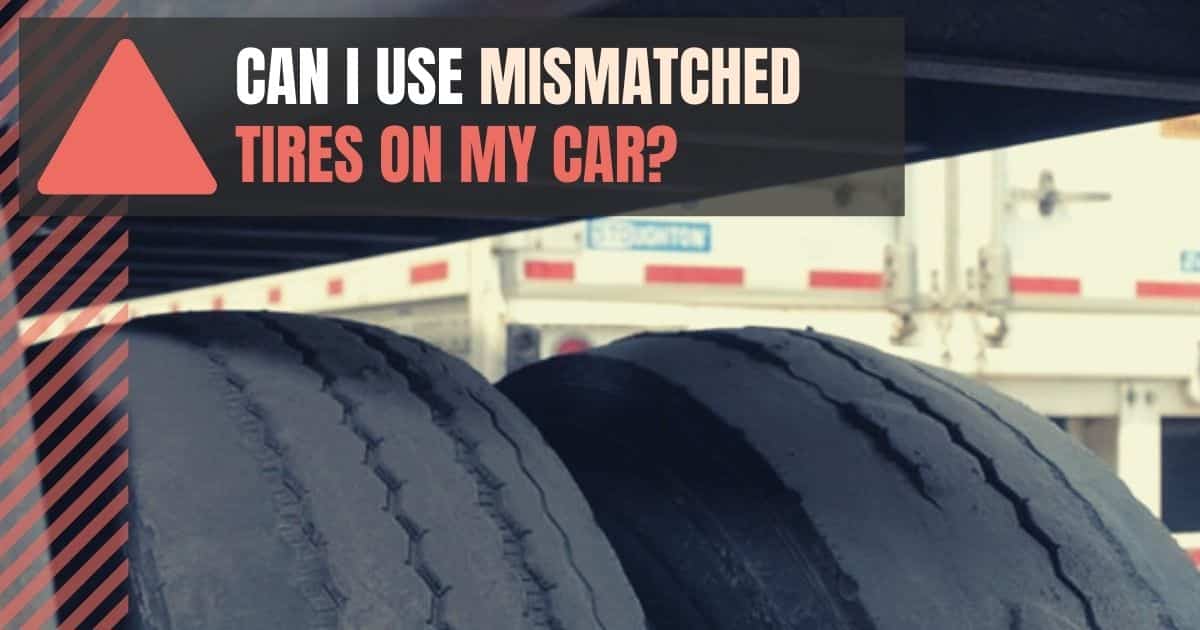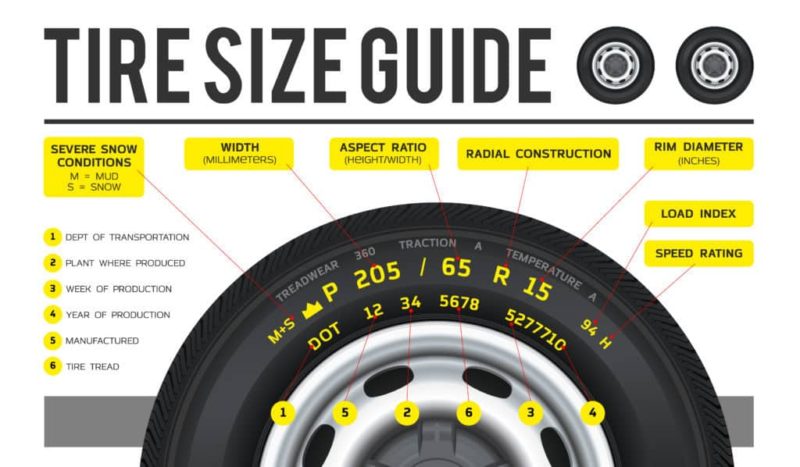
Your tires are one of the most important parts of your vehicle. After all, that is the only part of the car that actually touches the road. With that said, taking care of your tires is extremely important. One of the questions that many people have with regard to tires is whether it is possible, or advisable, to use mismatched tires on a car. Let’s take a look at this issue in some detail…
What Does It Mean To Use Mismatched Tires?
First of all, what do we actually mean when we say mismatched tires? Quite simply, this is when you match different types of tires together on one vehicle.
That may include:
- Combining winter tires with all-season tires or using tires from different perfromance categories.
- Using tires that have different tread patterns.
- Using tires made by different companies.
- A mix of run flats and standard tires.
- Tires of different sizes or load capacities.
What Are the Impacts of Having Mismatched Tires?
Any one of these combinations above is not a good idea. Some are much more dangersous then others, like mixing tire sizes and load capacity is really bad for your safety. Where mixing mangufacturers will not be great for performance, but if the tires are all of the correct size and similar tread, it’s doable (although not recommended).
Forthe most part mismatched tires will result in:
- Reduced traction
- Reduced fuel economy
- Faster depletion of the tire life
- Uneven treadwear
- Vibration and an unsmooth ride
This mismatch tire combo you should never do is mixing sizes or load capacities. All of your tires should be the same exact size and same load capacity, both of which should be matched to the vehicles owners manual specifications.
Why Is A Matched Tire Set Best?
There are a few main and important reasons that you will generally want to have a matched tire set for your car.
First of all, this allows you to maintain control of the vehicle. The more control you have ensures that you can handle the vehicle properly. A matched set also offers significantly more stability, which again has an impact on safety as well as the handling of the car.
Another reason to use matched tires is that you are going to have a much more even wear on all the tires at once. That means you don’t need to replace them at different times, and you can rotate them regularly all together. It is always best to replace all of the tires in one go, as otherwise you might end up with the two front wheels being worn at a different rate than the back two. That will then mean that you are going to have to do the same again in future.
While replacing all 4 tires can be expensive, it is technaically the best thing for performance, traction, and fuel economy.
Choosing Replacement Tires
When you do need to replace your tires, you should check a few key features to ensure that you are picking the same as the other tires on your car.
The two most importantant metrics you need to ensure are uniform on all your tires are the size and the load rating. That is critical to get right. You can look at the sidewall of a tire and figure out if the tires match your vehicles specifications…
If you can bear that in mind when you are changing the tires on your car, you’ll be safer on the roads and have a better control of your vehicle.
Is Getting Used Tires Safe?
Sometimes when people replace tires they consider getting used tires. There are pros and cons for both new and used tires to consider.
Buying used tires is safe as long as you properly assess the risks. That means inspecting the tire to ensure it’s safe, checking the size and load capactiy is correct, and properly roatating them in with your current tires.
If you’re considering getting used tires, it is often difficult to find a matching set of 4. What you can do though is try and find two tires with similar treadwear and pattern to what you have on your vehicle. Then you can replace two and roate them in. The tires with the best tread depth should be placed on the back of the vehicle.
What If I Can Only Afford One Tire and It Doesn’t Match?
While replacing just one tire isn’t advisable, it is however a reality many of us face. The best time to replace only one is if you have a lease that you need to return.
Ideally you want to find a tire of the exact same specs for size, load capacity and speed rating, and that has similar tread pattern. You can also consider looking for a used tire that still has tread left on it that isn’t older then 6 years.
Mismatched Tires – Conclusion
Mismatching tires is not recommended, but there are ways to mitigate the risk. In some situations mismatched brands of slightly different tread patterns may not be all that critical. If you are looking for the best drive, best fuel economy, and replacing tires less frequently, getting match tires is your best bet.
